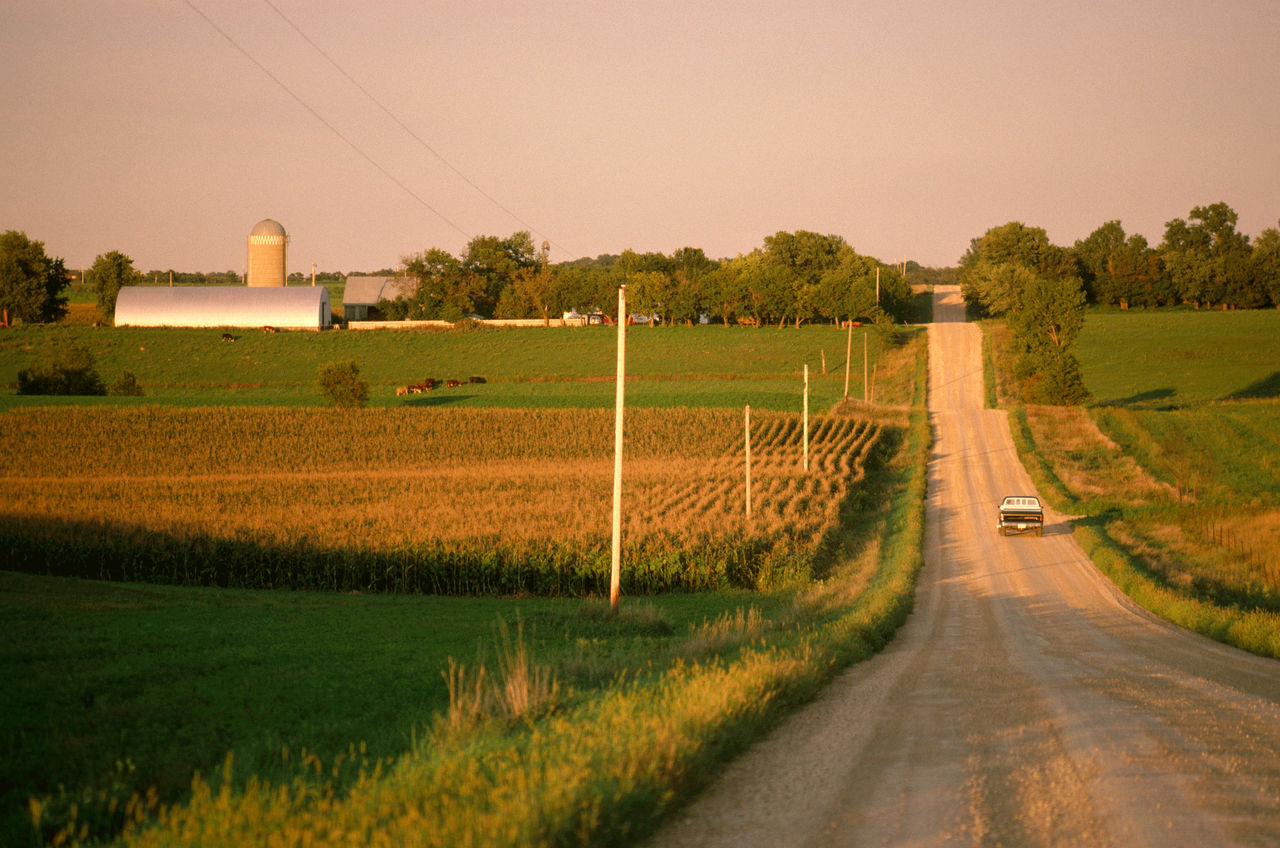Lower Cancer Survival and Fewer Treatment Options in Rural America

Rural Americans are falling behind when it comes to cancer diagnosis and care, and the disparities continue to grow. Here's what you can do.
Where you live could affect your likelihood of getting cancer and your outcome after a cancer diagnosis. If you're among the 15 percent of Americans who live in rural communities, disparities in risks, screening, and treatment could increase your odds of getting diagnosed with certain types of cancer and lower your chances of surviving your cancer, according to a report from the National Cancer Institute.
While cancer prevention, early detection, and treatment have improved dramatically in recent years, the accompanying boost in survival rates hasn't reached all Americans equally. Rural Americans are falling behind when it comes to cancer diagnosis and care, and the disparities continue to grow.
YOU MIGHT ALSO LIKE: Why Cancer Treatment Should Include Psychological Help
Why location matters
A lack of oncologists and cancer treatment centers in rural America is one reason for the disparities in cancer screening, treatment, and survival. An estimated to 1 in 5 Americans live in rural areas, yet only 3 percent of oncologists practice in these communities. Around two-thirds of U.S. counties don't have a single oncologist whose main practice site is in that county.
Even when cancer specialists are available, people in rural communities have trouble paying for them. Poverty and a lack of health insurance make cancer screenings and treatments out of reach for many.
Even those who do have insurance are often unaware of the need for cancer screenings because of low health literacy. People who skip recommended screenings like colonoscopies and mammograms miss opportunities to treat colorectal (colon) and breast cancers early, before they've had a chance to spread. People who want to get screening tests often have to travel long distances to an oncologist's office or cancer center.
Because people in rural areas don't have as much access to screening, they tend to be diagnosed with cancer at a later stage. Once they are diagnosed, they're less likely to receive the treatments that experts recommend.
At the same time, residents of rural areas have more cancer risk factors than those living in suburban or urban areas. They are more likely to be:
- Older
- Tobacco users
- Sedentary
- Overweight or obese
- Unhealthy eaters
Rural residents have lower cancer survival
For all these reasons, survival rates are lower in rural areas than in suburbs and cities — especially from cancers of the lung, colon, pancreas, and breast. Between 2013 and 2017, Kentucky, West Virginia, Arkansas, Mississippi, and Louisiana, states with a large proportion of rural residents, had the highest colorectal cancer death rates in the country.
Moreover, while cancer death rates have dropped nationwide, they're declining more slowly (1 percent per year) in rural areas of America than in urban areas (1.6 percent per year).
Experts say research needs to focus on ways to close the gap and improve prevention and treatment efforts for rural Americans.
What you can do
You may not have control over where you live but, if you are in a rural area and are diagnosed with cancer, there are ways to lower your risk for cancer and get it treated appropriately.
- Practice good prevention. Up to half of all cancer cases are preventable with lifestyle changes like quitting smoking, exercising, losing weight, and eating a well-balanced diet.
- See a doctor. Your healthcare provider can make sure that you have any cancer risks under control, and that you’re getting all the recommended screenings — including colonoscopy, mammogram, and Pap tests. There is a shortage of primary care providers in rural areas, but you may be able to find a doctor through a local health clinic, hospital, or drug store.
- Look into telehealth. Remote visits bring your primary care doctor or oncologist to you. Medicare, Medicaid, and many private health insurance companies will cover the cost of telehealth appointments.
Updated:
April 20, 2023
Reviewed By:
Janet O'Dell, RN